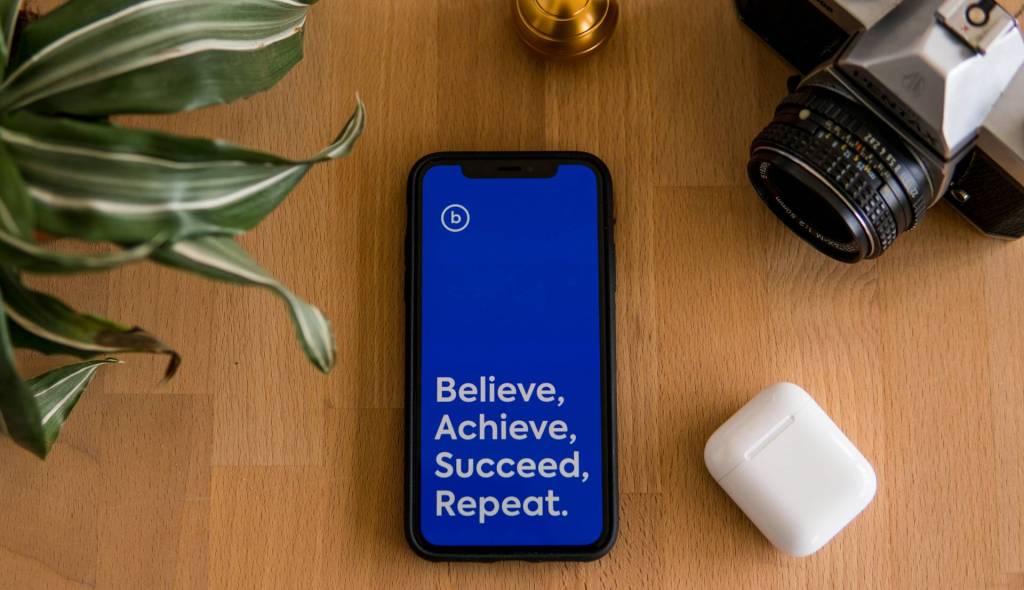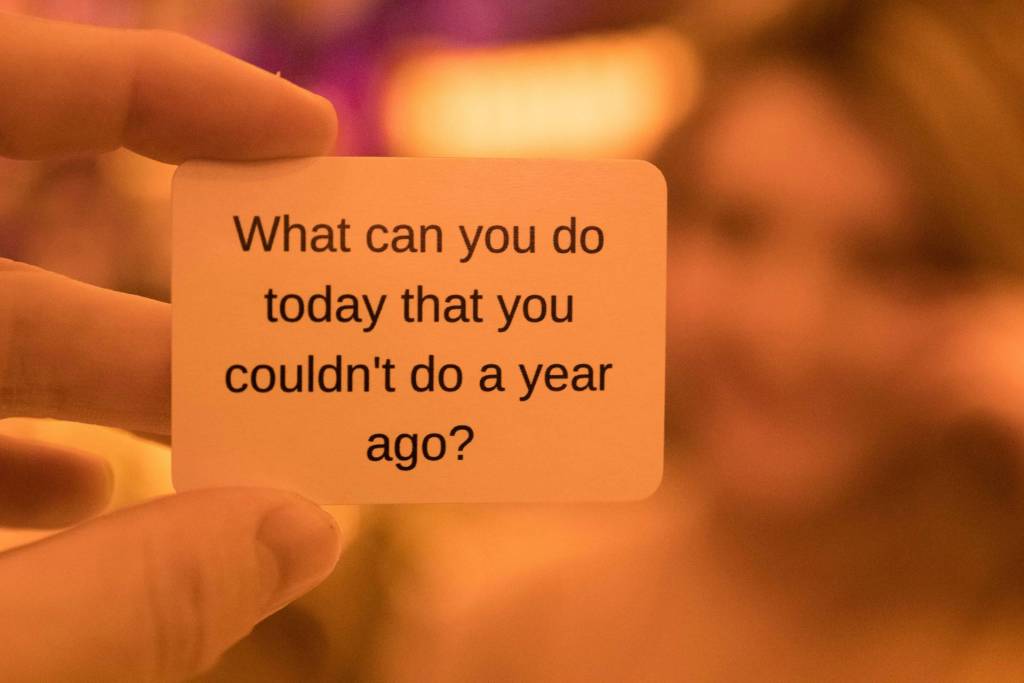Word-of-mouth, buzz, referral, viral marketing, whatever you call it, there’s no doubt that people are more likely to take a look at something suggested by a friend. The challenge is to create content that people want to share. There is a bit of stardust involved when it comes to having something that catches fire versus falling flat, but there are strategies you can use to improve your odds of creating viral content.
Give it away: People like free stuff and they’ll share cool free stuff with others.
Tap into emotions: The two types of content I see shared most on my social media feeds are funny and heart-touching material. But those aren’t the only emotions you can evoke. Others include a sense of justice, inspiration, superiority and anger. Just be cognizant of the emotion you want people to feel. In 2008, Motrin ran a viral campaign designed to empathize with moms, but ended up angering them. Yes, the video was shared, but not in a positive way.
Enhance lives: I enjoy looking at funny and inspirational content, but I’m more likely to share items that help people, such as tax tips, a billion uses for baking soda or how to power a laptop using a potato.
Grab attention: Graphics and video tend to be shared more than text, but that’s not to say text (i.e. articles and Tweets) don’t get shared. The key to getting shared is in getting and keeping attention, whether that’s through a picture, video or headline.
Make It Easy to Share: There is a trend towards forcing people to “Like” content before they can see it. I can see the reasoning behind this, but restricting access to shared content is going to annoy people. How can I “Like” something I’ve never seen? If I “Like” it, but end up not liking it, I have to go through the hassle of unlikely. Many people, myself included, don’t bother. Remember, the goal of viral marketing is to get people talking about you in a way that expands your reach. Make your content easy to share by including share options (i.e. Tweet, Like, Pin), and the ability to embed or download the content, without having to “Like,” register, or jump through hoops to see it.
Don’t advertise: This is another challenge of viral marketing. You want people not just to share, but to connect your name to the content as a way of promoting your business. How many commercials have you seen and enjoyed, but can’t recall the company’s advertising? At the same time, people don’t want to be sold to. The best way to engage an audience is to tell a story and use the strategies above, without pitching your business. A great example of this is Dove’s Beauty Sketches, in which Dove, as it has done in years past, sought to help women of all-sizes and shapes feel beautiful, without promoting a single product.












